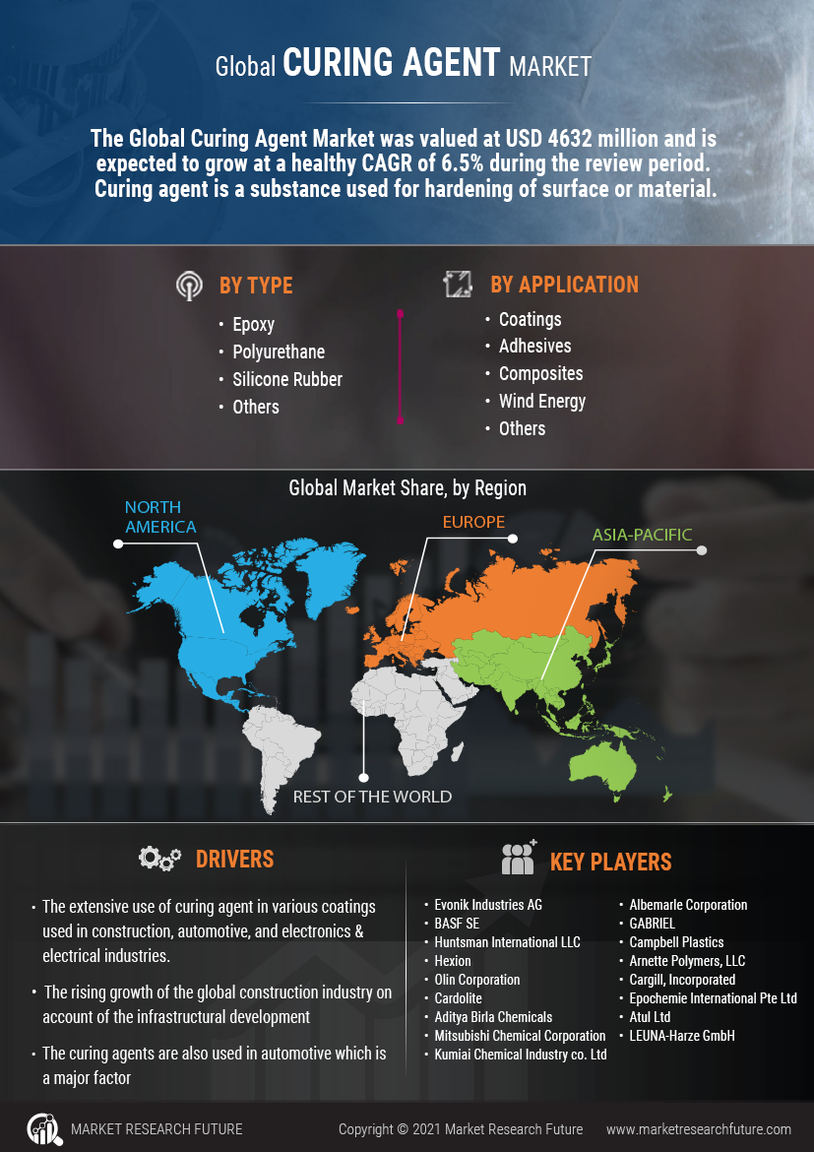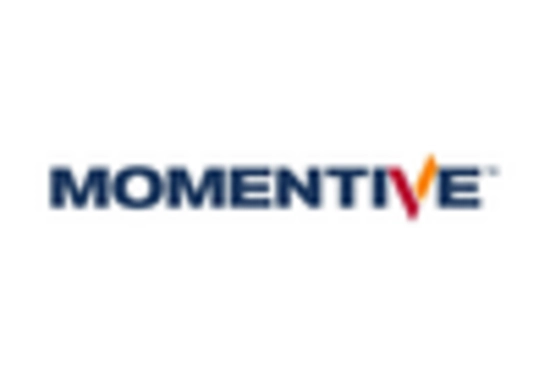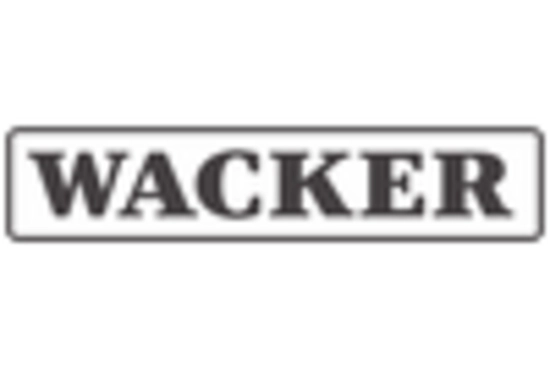Expansion of the Automotive Sector
The automotive industry is another significant driver for the Curing Agent Market. With the increasing production of vehicles, there is a rising demand for high-performance coatings and adhesives that utilize curing agents. These materials are crucial for ensuring the durability and aesthetic appeal of automotive components. The automotive sector is projected to grow steadily, with electric vehicles gaining market share. This transition is likely to further enhance the demand for specialized curing agents tailored for automotive applications, thereby contributing to the overall growth of the Curing Agent Market.
Rising Demand in Construction Sector
The Curing Agent Market is experiencing a notable surge in demand, particularly driven by the construction sector. As urbanization accelerates, the need for durable and high-performance materials becomes paramount. Curing agents play a critical role in enhancing the properties of concrete, ensuring optimal strength and durability. Recent data indicates that the construction industry is projected to grow at a compound annual growth rate of approximately 5.5% over the next five years. This growth is likely to bolster the Curing Agent Market, as more construction projects require effective curing solutions to meet stringent quality standards.
Technological Innovations in Curing Agents
Technological advancements are reshaping the Curing Agent Market, leading to the development of innovative products that enhance performance. New formulations and application techniques are emerging, allowing for improved curing efficiency and effectiveness. For instance, the introduction of bio-based curing agents is gaining traction, aligning with sustainability trends. The market for these innovative solutions is expected to expand, as they offer enhanced properties such as faster curing times and reduced environmental impact. This technological evolution is likely to attract new players and investment in the Curing Agent Market.
Increased Focus on Infrastructure Development
Infrastructure development remains a key driver for the Curing Agent Market. Governments and private entities are investing heavily in infrastructure projects, including roads, bridges, and airports. This trend is expected to continue, with infrastructure spending projected to reach trillions of dollars in the coming years. Curing agents are essential in these applications, as they ensure the longevity and performance of concrete structures. The increasing emphasis on sustainable and resilient infrastructure further amplifies the demand for advanced curing solutions, positioning the Curing Agent Market for substantial growth.
Growing Awareness of Environmental Regulations
The Curing Agent Market is increasingly influenced by environmental regulations aimed at reducing the carbon footprint of construction materials. Stricter guidelines are prompting manufacturers to develop eco-friendly curing agents that comply with these regulations. As a result, there is a growing market for low-VOC and non-toxic curing agents, which are becoming essential in various applications. This shift not only addresses regulatory requirements but also meets the rising consumer demand for sustainable construction practices. Consequently, the Curing Agent Market is poised for growth as it adapts to these evolving standards.


















Leave a Comment